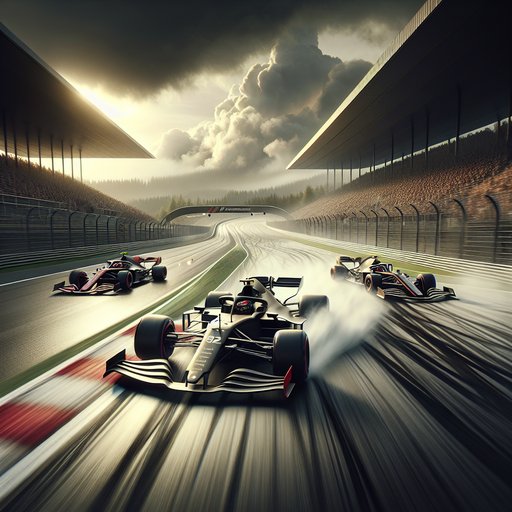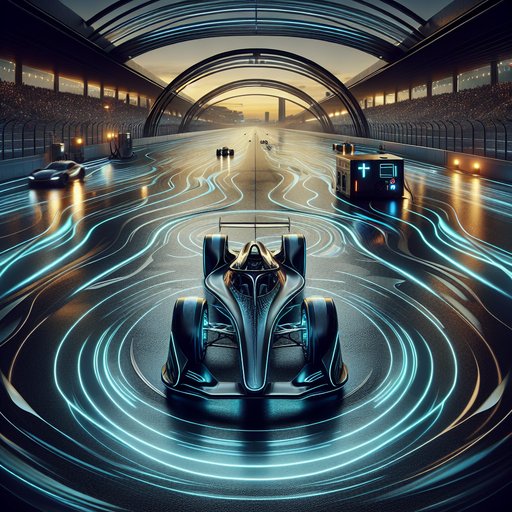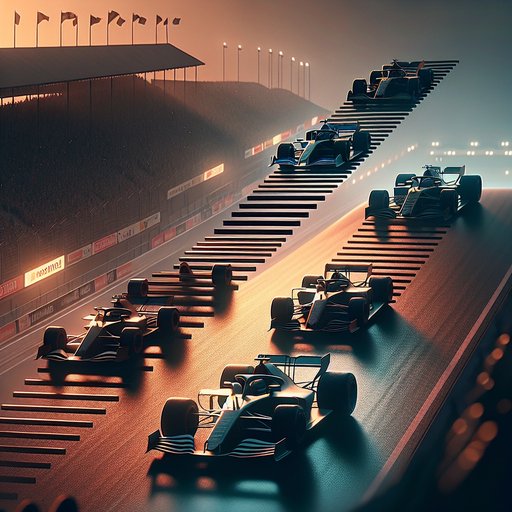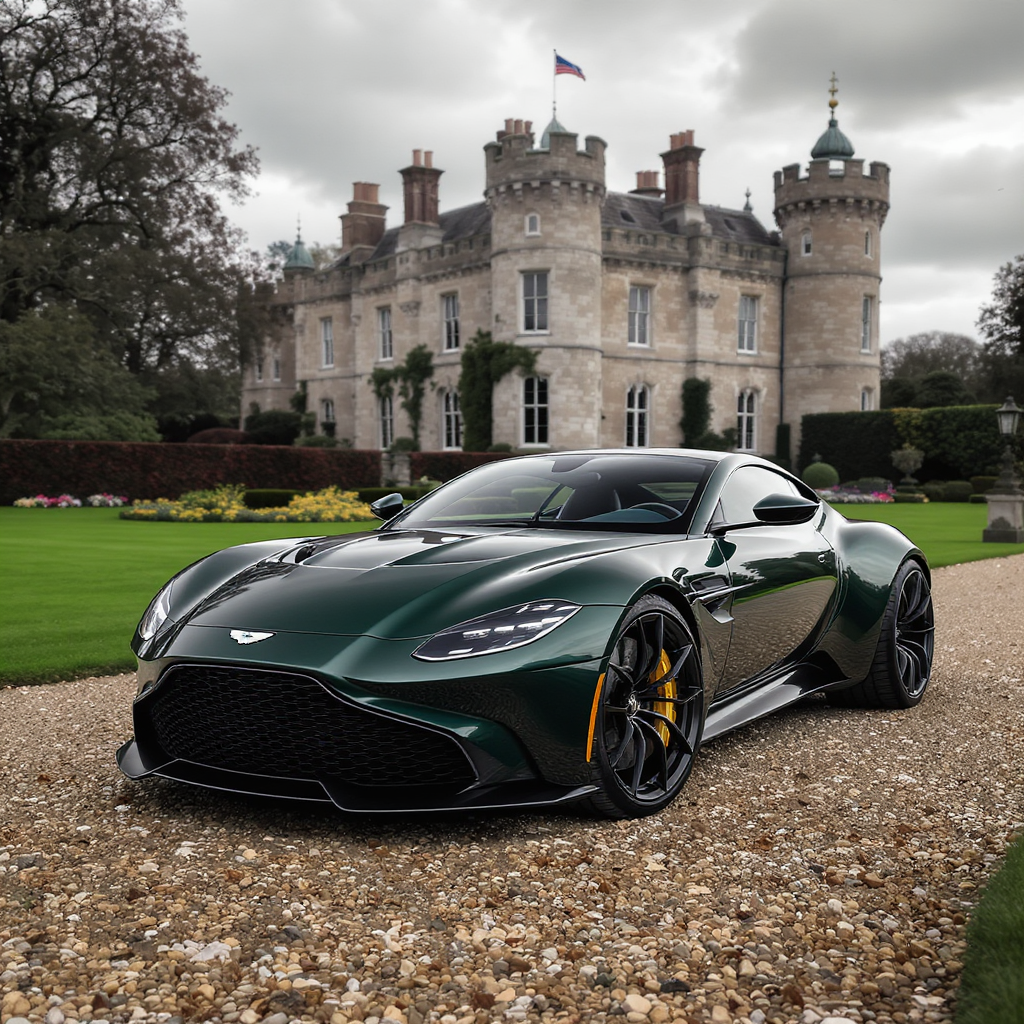
Formula 2 has delivered a riveting stretch of racing through the summer run into early autumn, with results from Spa, Zandvoort, and Monza tightening a championship already defined by fine margins. Paul Aron’s relentless consistency for Hitech and Isack Hadjar’s punchy peaks with Campos have set the tone, while an ambitious rookie class led by Andrea Kimi Antonelli, Gabriel Bortoleto, Franco Colapinto, and Zak O’Sullivan continues to turn qualifying pace into meaningful points. Add in Zane Maloney’s season-opening statement in Bahrain and Oliver Bearman’s high-profile Ferrari F1 cameo in Jeddah, and the 2024 campaign has all the ingredients of a modern F2 classic.

Across the FIA Formula 4 landscape, the past few months have delivered packed grids, polished racecraft, and a steady flow of rising names collecting wins, poles, and attention from top academies. From Italy and Spain’s ultra-competitive paddocks to Britain’s BTCC-supporting weekends and the winter crucible of F4 UAE, the category has reaffirmed its role as the most reliable launchpad from karting to the upper rungs of single-seaters. The stories are consistent: venues steeped in history, teams with heavyweight credentials, and teenagers converting karting pedigree into measured, repeatable speed under pressure.

A decade into its life, Formula E has matured from a proof-of-concept street series into an influential technology and sporting laboratory whose lessons are now shaping the wider paddock. With the Gen3 Evo package launching for 2024–25, fast-charging pit stops trialed in 2024, and manufacturer-backed title fights culminating in Nick Cassidy and Jaguar TCS Racing’s 2024 crowns, the championship has moved beyond novelty. Its innovations in powertrains, energy management, and event delivery are informing how traditional series—from F1 to IndyCar—approach performance, sustainability, and showmanship, while spotlighting the practical limits and long-term possibilities of an electric future for Grand Prix racing.

Modern single-seater racing is built around a clearly signposted ladder: FIA Formula 4 at the base, then Regional or FIA Formula 3, on to FIA Formula 2, and finally Formula 1. Over the past few seasons this pathway has tightened, with defined technical rules, super licence points, and shared race weekends aligning driver development with F1’s professional standards. In 2024 alone, the new F2 car debuted, FIA F3 crowned Luke Browning as champion, and drivers like Oliver Bearman and Andrea Kimi Antonelli illustrated how results, academy backing, and opportunity combine to accelerate progress. Understanding how young drivers move between these rungs explains not just who arrives in F1, but why they are equipped to stay there.








